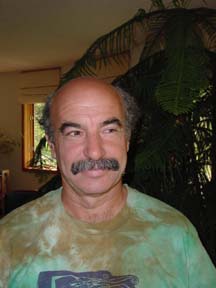By Michael Wald for Wired
Trees in western North America are dying at faster and faster rates, and climate change is likely to blame.
The mounting deaths could fundamentally transform Western forests because tree reproduction hasn’t increased to offset losses, according to a new study published Thursday in Science. And new seedlings aren’t rising quickly enough to fill the gaps.
“If current trends continue, forests will become sparser over time,” co-author Philip van Mantgem, an ecologist with the U.S. Geological Survey, said in a press conference call. This would be a setback in the fight against global warming because thinner forests with small, young trees store less carbon, so more heat-trapping carbon dioxide would cycle into the atmosphere.
Trees in western North America are dying at faster and faster rates, and climate change is likely to blame.
The mounting deaths could fundamentally transform Western forests because tree reproduction hasn’t increased to offset losses, according to a new study published Thursday in Science. And new seedlings aren’t rising quickly enough to fill the gaps.
“If current trends continue, forests will become sparser over time,” co-author Philip van Mantgem, an ecologist with the U.S. Geological Survey, said in a press conference call. This would be a setback in the fight against global warming because thinner forests with small, young trees store less carbon, so more heat-trapping carbon dioxide would cycle into the atmosphere.

No comments:
Post a Comment